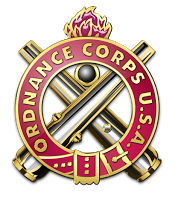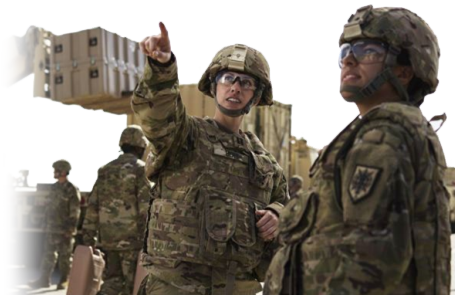Ordnance Officer Areas of Concentration
Materiel Maintenance and Munitions Management Officer
Army Ordnance Officers are the backbone of the Army's operational readiness, combining strong interpersonal skills, advanced technological knowledge, and ambitious leadership. These Officers play a crucial role in sustaining and enhancing the combat power of the Army by managing complex logistics operations across the Army sustainment enterprise with precision and efficiency.
Explosive Ordnance Disposal Officer
EOD is responsible for detecting, identifying, evaluating, rendering safe, exploiting, and disposing of explosive ordnance. This mission is conducted worldwide and at times of peace and war. This volunteer-only career field is for those who wish to become the Army’s foremost experts in explosive ordnance. For more information about EOD (89E) please visit: About EOD | Office of the EOD Commandant | US Army Ordnance Corps
Ordnance Characteristics

Officer Development
The Ordnance branch is among the three key functional logistics branches (Ordnance, Transportation, Quartermaster) that Cadets and Candidates can access into.
Ordnance Officers attend the Combined Logistics Basic Officer Course at Fort Lee, Virginia.
For more information about Ordnance Officer Development please visit the Virtual Branch Outreach at: Ordnance Officer Development
After reaching the rank of Captain (O3), all Officers assigned to the Ordnance, Transportation, and Quartermaster branches are accessed into the Logistics Branch.
For more information about Logistics Officers please contact the Logistics Proponency Office or visit: Logistics Proponency Office
Publications
For additional information on Officer Professional Development and Career Management, see DA PAM 600-3: Force Sustainment – Ordnance.

